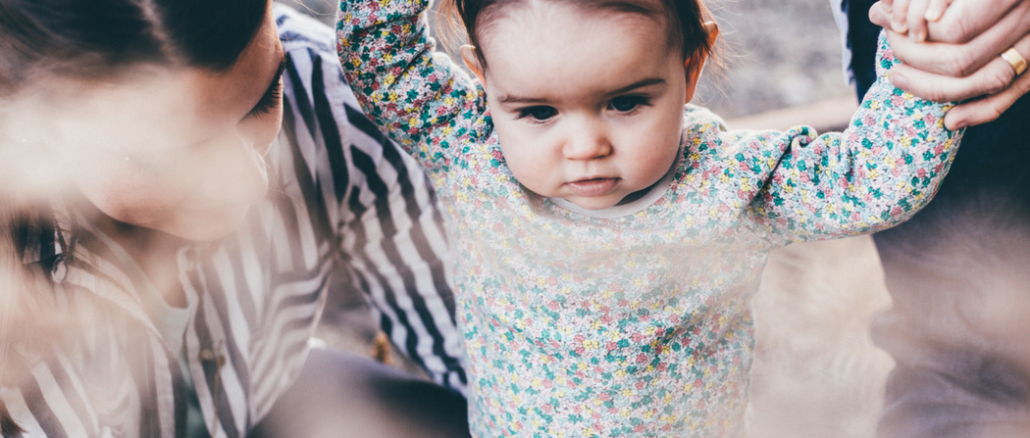
Remember that Christmas years ago when your Mum encouraged you to give a distant aunt a big hug after she gave you a present?
It’s perhaps one of the most confusing things that can be sent to a child.
Encouraged cuddles — those that don’t come naturally — confuse many issues. Compliance. Rights. Choice. Obligation. It’s a silent minefield that shouldn’t be underestimated.
Yet the tradition continues.
Girl Scouts in the United States have put out a warning to parents before the Christmas holidays deterring them from enforced cuddles.
“Think of it this way”, the organisation states, “telling your child that he or she owes someone a hug either just because she hasn’t seen this person in a while or because they gave her a gift can set the stage for her questioning whether she ‘owes’ another person any type of physical affection when they’ve bought her dinner or done something else seemingly nice for her later in life.”
Heavy? Maybe. But Australian psychologist Jo Lamble says it’s the early interactions that build future foundations.
“Abuse can happen to very young kids,” she told news.com. “I’m not suggesting that having to give an adult a cuddle is abuse, but where do you draw the line?
For example, [saying] a cuddle is OK but not a kiss? Or a kiss on the cheek is OK but not on the lips? Or a cuddle is OK but you don’t have to sit on their lap if they ask?”
A simple ‘prompted’ cuddle meant with little intention other than good manners, goes against almost everything else we teach our kids. Lessons about rights, choices and ownership.
Ms Lamble agrees: “It can be confusing for kids to be told that they have ownership over their personal space and bodies but when asked, they are expected to give an adult a cuddle.
“I think it’s confusing to boys and girls because we are not making it clear what is safe and what is not.”
Maggie Dent, a renowned parenting educator told news.com she still remembered awful it was — as a child — to be made to give someone a kiss or a hug when I definitely didn’t want to.
“Being forced to make a physical connection with someone who was not in my small safe circle was confronting and distasteful,” she said.
There’s a simple and easy way around it.
“Teaching our kids that they need to be respectful and not rude is what we need to aim for,” said Ms Dent.
“Offer an [alternate] way to acknowledge others whether welcoming or farewelling”. It’s pretty simple. Her suggestions are a wave of a high-5.
Or whatever they feel comfortable doing.
Ultimately, before you encounter the potential ‘hug moment’, Dent says “chat with your kids about the choices they could make”.
They may be very happy to give cuddles and kisses and there’s certainly nothing wrong with that. But if our kids don’t want to, we shouldn’t make them and unfortunately many people have ‘hug hungry’ friends and relatives who’ll disagree.
Meeting a disapproving glare might be unavoidable but Ms Lamble says, that shouldn’t be your problem unless you make the situation worse by making excuses.
“Parents often try to make a guest or extended family member feel better when their child doesn’t give a cuddle or even say goodbye by saying, ‘Oh don’t worry, he/she is just shy.’ We need to be careful of any label we give our kids because by saying that, we are subconsciously encouraging the child to be shy rather than encouraging them to develop good social skills,” she said.
I think I need a hug.
The trickiest part is confidently being able to break the routine because the actual type of greeting isn’t really important, it’s about teaching our little people to be grateful and polite. ”It’s far easier, simpler and safer to teach our children how to make good eye contact and say hello, goodbye, please and thank you to people,” Ms Lamble said.
It’s as simple as that.
SheSociety is a site for the women of Australia to share our stories, our experiences, shared learnings and opportunities to connect.

Leave a Reply